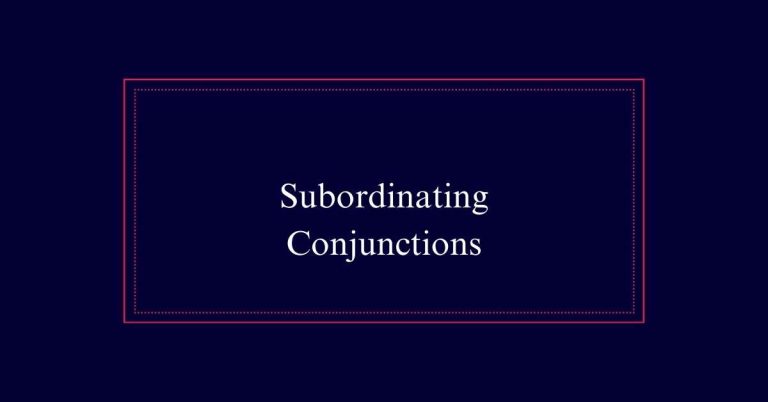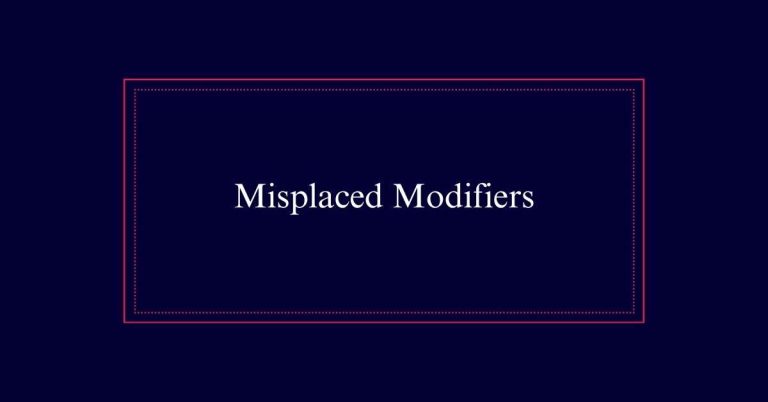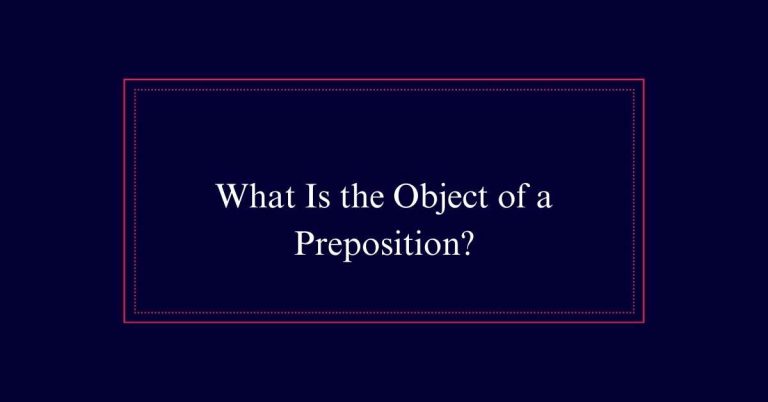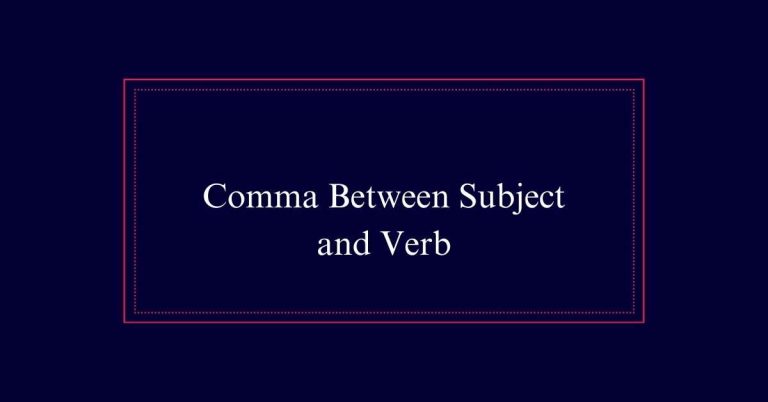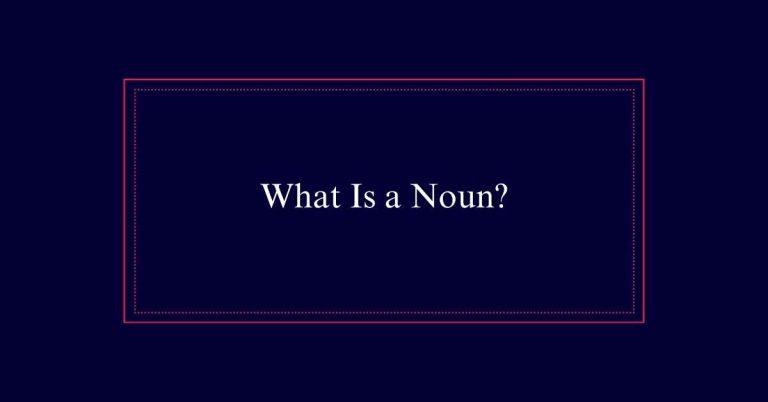Quotation Marks: Rules and Examples
Quotation marks are essential punctuation marks used to indicate direct speech, quotations, and the titles of short works.
They come in double and single forms, with double quotes used for primary quotations and single quotes for quotes within quotes.
In American English, commas and periods are placed inside quotation marks. For instance, ‘I love reading,’ she said.
Quotation marks also help identify titles of articles, poems, and songs. Using them correctly is important for clarity and proper citation.
Definition of Quotation Marks
Quotation marks are punctuation symbols used to enclose direct speech, quotations, and certain titles. They help to distinguish the words of a speaker from the rest of the text.
Quotation marks come in two types: double (“ ”) and single (‘ ‘). Double quotation marks are more commonly used in American English, while single quotation marks are often preferred in British English. These marks are essential for accurately conveying another person’s words or for highlighting specific terms.
They also play a significant role in setting apart titles of short works, such as articles, poems, and chapters. Proper use of quotation marks ensures clarity and enhances the readability of the text, making the communication precise and effective.
Appearance and Resemblance
How do quotation marks appear, and what do they resemble in written text?
Quotation marks are curving or straight punctuation marks used to enclose direct speech, quotations, or titles of short works. They resemble small commas or apostrophes positioned at the top or bottom of the line of text.
In their double form (“ ”), they look like pairs of tiny, elevated commas. In their single form (‘ ‘), they appear as single elevated commas or apostrophes. Their visual similarity to commas can cause confusion, but their function is distinct.
Quotation marks clearly set apart specific text from the rest, making it easy to identify quoted words, dialogue, and titles. This visual differentiation aids in reading comprehension and textual clarity.
Double Vs. Single Quotes
When distinguishing between double and single quotation marks, it is essential to understand their different applications in American and British English. In American English, double quotes are standard for direct speech and titles, while single quotes are used for quotes within quotes. Conversely, British English often uses single quotes for primary quotations and double quotes for nested quotes.
Here is a comparative table:
| Usage | American English | British English |
|---|---|---|
| Primary Quotations | “Hello,” he said. | ‘Hello,’ he said. |
| Nested Quotations | “He said, ‘Hello.'” | ‘He said, “Hello.”‘ |
| Titles of Short Works | “The Road Not Taken” | ‘The Road Not Taken’ |
| Dialogue | “Hello,” she replied. | ‘Hello,’ she replied. |
| Irony or Skepticism | The “expert” was wrong. | The ‘expert’ was wrong. |
Direct Quotes Usage
Incorporating direct quotes into your writing lends credibility and vividness by presenting the exact words of a source. To use direct quotes effectively, enclose the quoted text within double quotation marks. This guarantees that readers can distinguish your voice from that of the cited source.
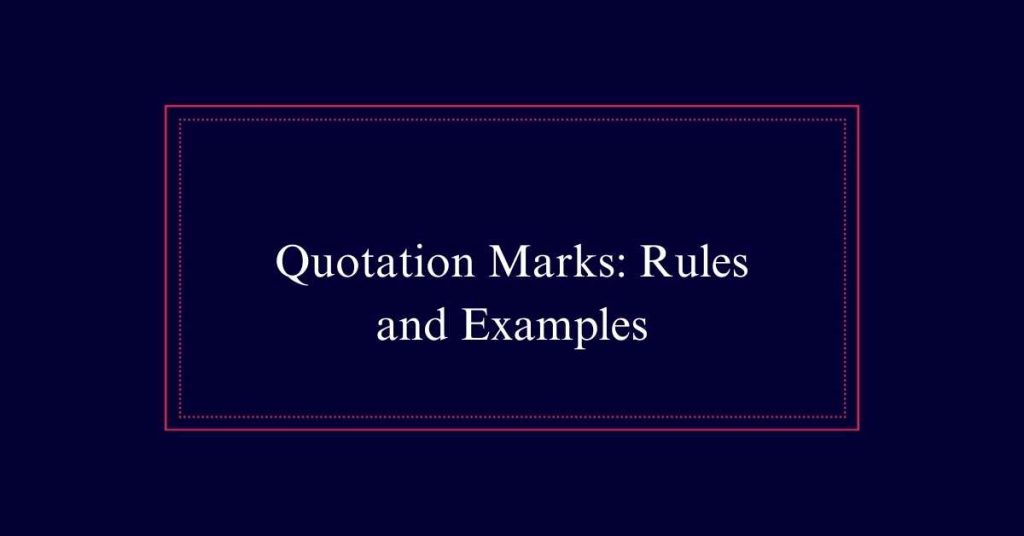
For instance, you might write, ‘The study concluded that climate change is accelerating,’ to emphasize the source’s exact wording. Always attribute the quote to its original speaker or writer to maintain integrity. Additionally, make sure punctuation is placed correctly, with commas and periods inside the quotation marks in American English.
Dialogue and Speech
Just as direct quotes enhance a narrative by presenting exact words, dialogue and speech within your writing bring characters and conversations to life. Quotation marks are essential for indicating spoken words in a text.
For example, when a character speaks, their words are enclosed in double quotation marks: ‘We must leave now,’ she insisted.
Each new speaker requires a new paragraph, even if it is a short sentence. This helps readers easily follow the conversation. Remember to place punctuation inside the quotation marks for clarity.
For interrupted dialogue, use commas and continue the speech within the same set of quotation marks: ‘We must,’ she paused, ‘leave now.’
Titles of Short Works
Quotation marks are used to indicate the titles of short works such as articles, poems, and short stories. This usage helps establish clarity and distinguish these shorter pieces from longer works, which are typically italicized. For instance, you would write ‘The Road Not Taken’ for the title of Robert Frost’s famous poem.
Consider the following uses of quotation marks for short works:
- Articles: When referencing a newspaper article, such as ‘The Future of Technology.’
- Poems: When citing a poem, such as ‘Ode to the West Wind.’
- Short Stories: When mentioning a short story, such as ‘The Tell-Tale Heart.’
Irony and Skepticism
Using quotation marks can effectively signal irony or skepticism in writing, adding nuance and emphasis to the intended message. When an author places a word or phrase in quotation marks, it can indicate that the term is used in a non-literal sense, suggesting doubt or sarcasm.
For example, saying someone is a ‘genius’ may imply the opposite, depending on context. This subtle use of punctuation helps readers understand the writer’s true intent without explicit statements.
It is important, however, to use this technique sparingly to avoid confusion. Overuse can dilute its impact and make the writing unclear. Mastering this application can enhance the depth and subtlety of your communication.
Words as Words
When discussing words themselves rather than their meaning, quotation marks help to distinguish them clearly in text. This usage is crucial for clarity and precision, especially when explaining language, grammar, or terminology.
For instance, consider the following benefits:
- Clarity: Quotation marks guarantee that the word being discussed is easily identified.
- Emphasis: They highlight specific terms without altering their meaning.
- Focus: Quotation marks direct readers’ attention to the word as an object of analysis.
Nested Quotes
Nested quotes occur when a quotation appears within another quotation. In American English, outer quotes use double quotation marks, while inner quotes use single quotation marks.
For example: John said, ‘Mary told me, ‘I love this song.” This structure helps clarify who is speaking and quoting.
In British English, the conventions are often reversed, with single marks outside and double marks inside.
For instance: John said, ‘Mary told me, ‘I love this song.” Maintaining consistency in your chosen style is crucial.
Nested quotes are common in literature and reporting, where direct speech or citations are involved. They help the reader distinguish between different layers of quoted material.
Grammar Rules for Quotes
Many standard rules govern the correct use of quotation marks in written English. These rules guarantee clarity and precision in communication.
To begin with, punctuation marks like periods and commas typically go inside the quotation marks.
Next, question marks and exclamation points depend on the context and placement within the quote.
Finally, always capitalize the first letter of a complete quoted sentence.
Here’s a quick reminder:
- Periods and commas: Inside the quotes.
- Question marks: Placement depends on context.
- Capitalization: First word in complete quotes is capitalized.
Frequently Asked Questions
Can Quotation Marks Be Used for Emphasis?
Quotation marks should not be used for emphasis. They are meant to indicate direct quotes, dialogue, titles of short works, or to set words apart for irony or skepticism. Use italics or bold text for emphasis instead.
Are Quotation Marks Necessary for Paraphrasing?
Quotation marks are not required for paraphrasing. Paraphrasing entails expressing someone else’s ideas using your own words. Nonetheless, correct citation is crucial to acknowledge the original source and prevent plagiarism.
When Should I Avoid Using Quotation Marks?
Avoid using quotation marks when paraphrasing, emphasizing through italics or bold, or for longer block quotes. Additionally, do not use them for titles of longer works such as books, movies, and albums.

